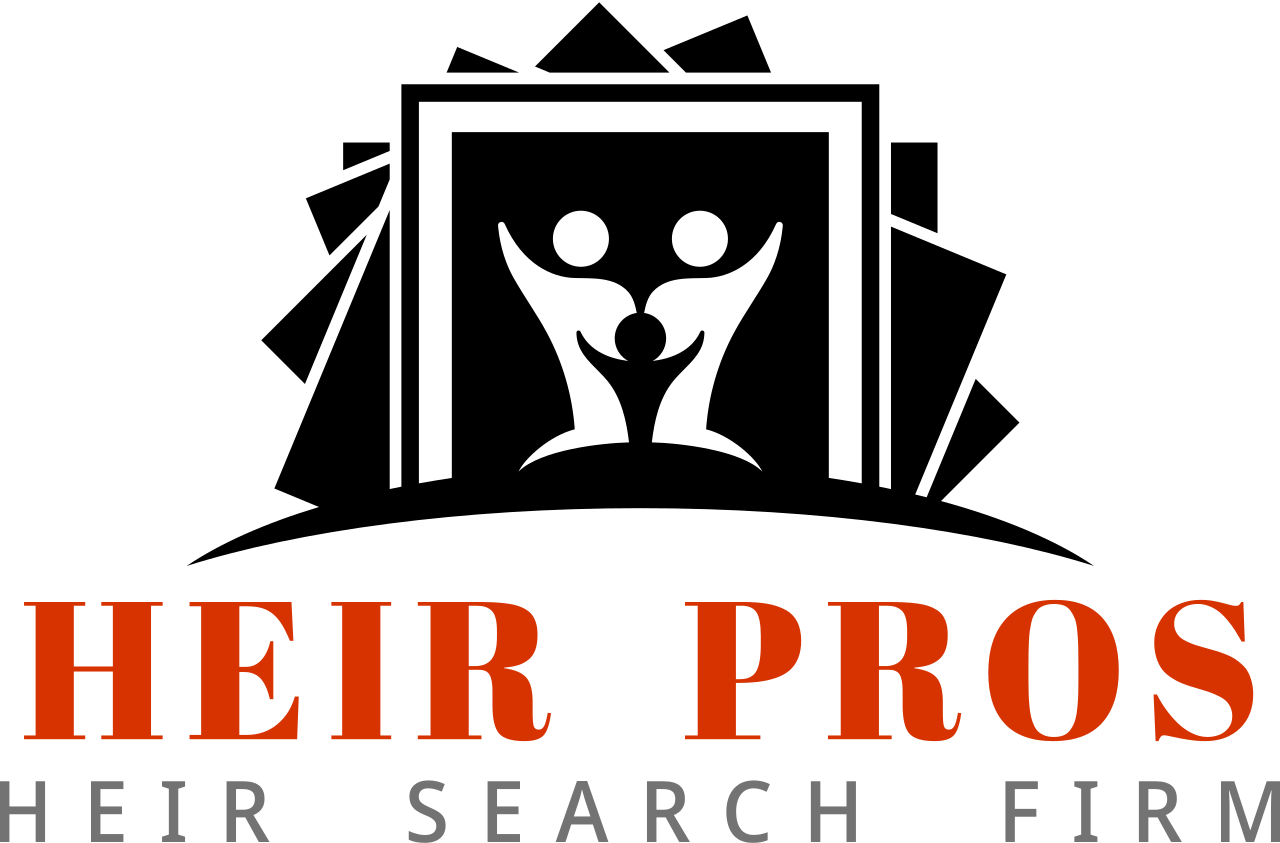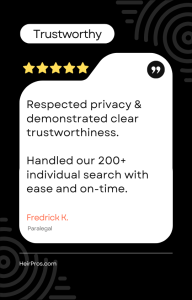Summary
Using death certificates effectively is crucial in conducting an heir search. These documents serve as legal proof of an individual’s death and provide essential information that can facilitate locating potential heirs. In this article, we will explore how to use death certificates to support heir searches, the common challenges faced by professionals in this area, a step-by-step process to navigate the complexities involved, expert tips, and frequently asked questions to enhance your understanding and efficiency.
Overview
When someone passes away, tracing their heirs can often be a complicated process. One of the primary documents used during an heir search is the death certificate. This official record not only provides confirmation of an individual’s death but also includes valuable information that can guide investigators and estate attorneys in identifying and locating rightful beneficiaries.
Key elements that death certificates contain include:
– Full name of the deceased
– Date and place of birth
– Date and place of death
– Name and relationship of immediate family members
– Registration details
Understanding how to utilize this information effectively can significantly streamline your heir search efforts.
Common Challenges
While death certificates are crucial, relying solely on them can present certain challenges. Some of the most common issues involve:
– **Missing Information**: Sometimes, the details provided on the death certificate may not be complete or could contain errors.
– **Privacy Restrictions**: Access to death certificates may be limited due to privacy laws, varying from state to state.
– **Complex Family Dynamics**: Death can reveal complicated family structures, leading to disputes or unknown relatives.
– **Multiple Death Certificates**: In cases of common names, multiple certificates may exist, creating confusion.
Adhering to best practices can mitigate these challenges effectively.
Step-by-Step Process
Here’s a structured approach to using death certificates in an heir search:
1. Obtain a Copy of the Death Certificate
Start by acquiring an official copy of the death certificate from the relevant state department. Each state’s vital records office has specific guidelines on application procedures.
2. Analyze the Information
Once you have the death certificate, study it closely for:
– Key dates (birth and death).
– Names of family members listed, which can lead to potential heirs.
3. Cross-Reference with Other Records
Compare the information on the death certificate with other available records like wills, trusts, and property deeds. This can help confirm relationships.
4. Conduct a Family Tree Investigation
Using the insights gained, begin constructing a family tree. Gather further details about listed family members to identify all potential heirs.
5. Reach Out to Identified Relatives
Once potential heirs have been identified, contact them to confirm their relationship to the deceased and gather any additional information they may have.
6. Document Everything
Keep thorough records of all findings, correspondence, and interactions. This documentation will be invaluable in case there are disputes or questions later.
For more detailed guidance on the heir search process, you can visit [HeirPros.com](https://heirpros.com).
FAQs
What should I do if the death certificate has incorrect information?
If you encounter errors on the death certificate, it’s important to contact the relevant state office to request a correction. You may need to provide supporting documentation to confirm the correct details.
How can I find unclaimed property associated with a deceased individual?
You can check state databases for unclaimed property. Each state maintains records of unclaimed assets that may belong to deceased individuals.
Are death certificates public records?
Death certificates are generally considered public records; however, access may be restricted depending on state laws, especially for those not directly related to the deceased.
How long does it typically take to obtain a death certificate?
Processing times can vary by state, but you can usually receive a certified copy within a few days to a couple of weeks, depending on the current backlog and the method of application (online orders tend to be quicker).
Can I use a death certificate to claim benefits for the deceased’s heirs?
Yes, death certificates are crucial in claiming life insurance benefits and settling estates, as most entities will require a copy to process claims or transfer assets.
Expert Tips
– **Build Relationships**: Establish connections with local vital records offices as they can be valuable resources for navigating rules and requirements.
– **Stay Organized**: Maintain a clear and organized system for tracking heir search details. Hard copies of death certificates and related documentation can become cumbersome.
– **Utilize Technology**: Take advantage of software or online tools designed for genealogical research, which can help visualize family trees and make data entry easier.
– **Consult Legal Texts**: Familiarize yourself with state-specific probate laws and regulations to understand your rights and responsibilities.
Related Resources
– [National Center for Health Statistics – Death Certificates](https://www.cdc.gov/nchs/w2w/death_certificates.htm) (open in new tab, nofollow)
This resource can provide additional information about obtaining and understanding death certificates from a national perspective. Consulting with local estate planning attorneys can also yield valuable insights tailored to your specific situation.




